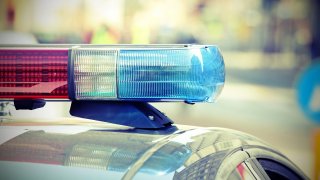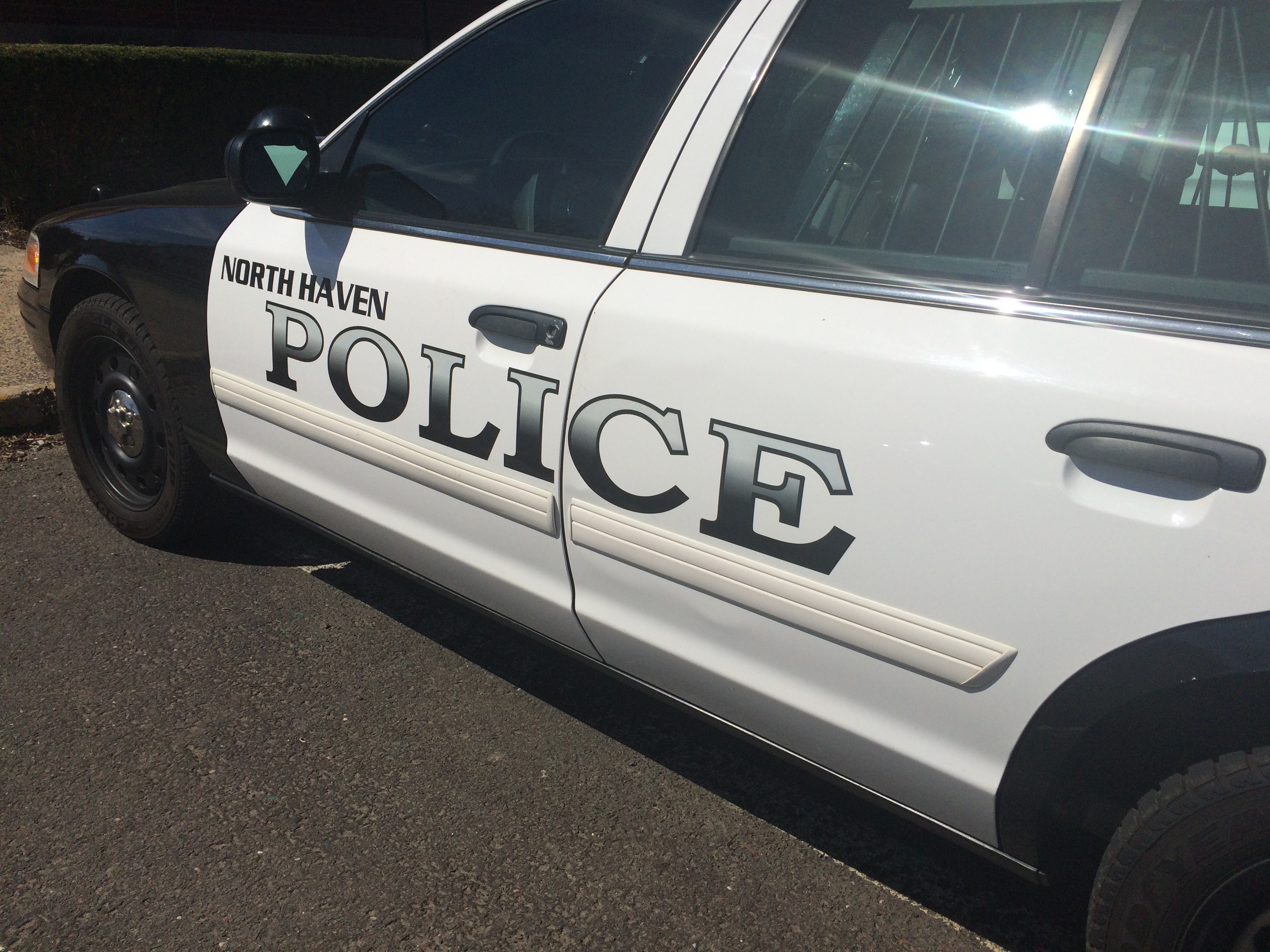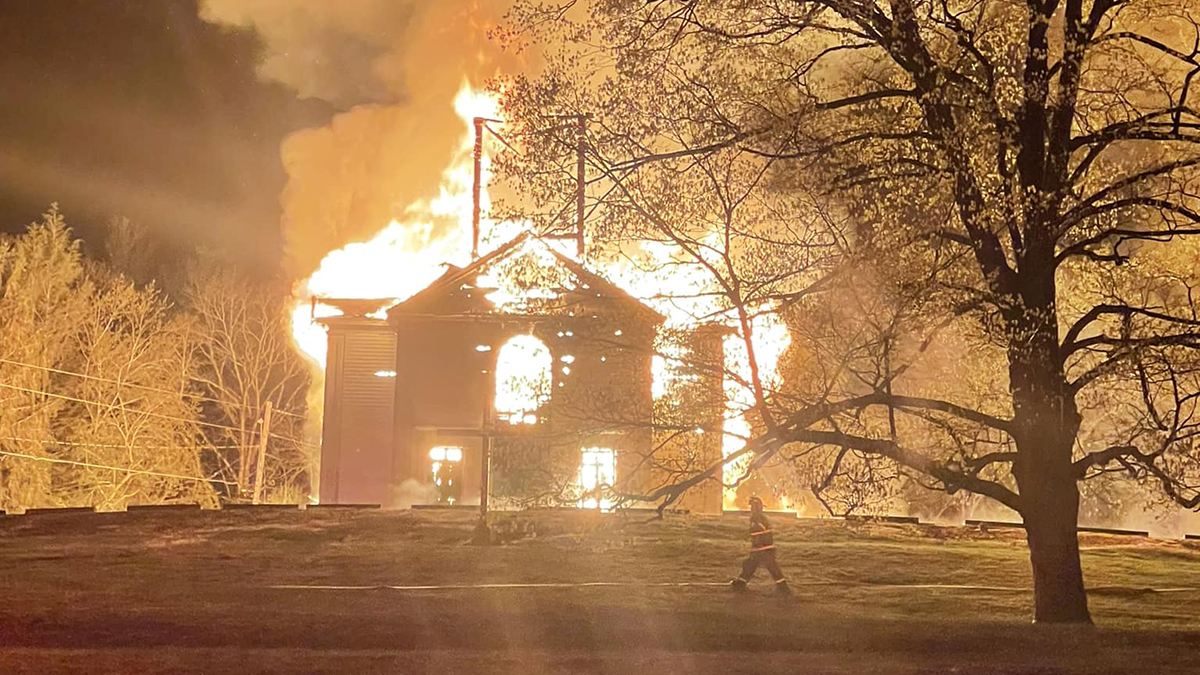
The disparity between the rate of police traffic stops in Connecticut of black and Hispanic drivers and of their white counterparts shrank for a second consecutive year in 2018, according to a state report released Tuesday.
While police statewide continued to stop minority drivers at disproportionately high rates on average compared with their percentages of the general population, fewer departments were identified as having significantly high rates of pulling over black and Hispanic drivers, analysts said.
“The data is showing progress is being made,” said Kenneth Barone, project manager at the Institute for Municipal and Regional Policy at Central Connecticut State University. “We continue to see disparities shrink. We continue to see fewer departments identified as outliers.”
The 2018 data was submitted by state and local police as mandated by Connecticut’s 1999 law banning racial profiling. About 510,000 traffic stops were analyzed by the Institute for Municipal and Regional Policy and private consultants in the report released Tuesday.
As in previous reports, analysts said that while the data may show disproportionate percentages of traffic stops involving minorities, it is not proof officers are committing racial profiling.
And several police chiefs have questioned the data, saying there are a variety of reasons why rates of traffic stops of blacks and Hispanics are higher, including close proximity to urban areas.
Statewide, about 17% of drivers who were stopped by police were black, compared with 9% of the state’s population that is black and of driving age. About 15% of the motorists were Hispanic, compared with the 11.9% of the population that is Hispanic and of driving age, the report said.
Local
Those percentages were about the same as they were in 2017, and slightly higher than they were in previous years.
Two police agencies, Bridgeport and the state police troop in Colchester, were identified as stopping minority drivers at significantly high rates compared with whites during daylight hours, when analysts say the race of a driver is more likely to be visible to officers. There also was evidence Hispanic drivers were more likely to be stopped during daylight hours by state police, analysts said.
In comparison, data from a one-year period ending in September 2016 showed six local police departments and the state police troop in North Canaan had significantly high rates of stopping minority drivers during daylight hours.
Messages seeking comment were left with Bridgeport and state police officials Tuesday.
According to the report, the odds that a driver pulled over by Bridgeport police was black increased during daylight hours, and the odds that a driver stopped by Colchester-based Troop K state police was Hispanic increased during daylight hours.
Police statewide, on average, also were more likely to search the vehicles of minority drivers during stops than those of white motorists, the report said. And searches of a minority driver’s car were less likely to turn up contraband than searches of white motorists’ vehicles, analysts said.
Barone said analysts over the past several years have worked to reduce disparities at 32 police departments identified as having high rates of stopping black and Hispanic motorists.
In response to the annual traffic stop reports, police departments have taken action including reducing the number of vehicles they pull over for equipment violations, which are more common in minority neighborhoods.
Some suburban departments also have reduced traffic enforcement at the borders of big cities, which have significantly higher black and Hispanic populations, Barone said.



